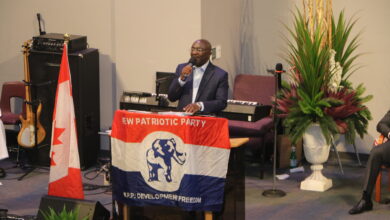Canada’s new immigration minister is Marc Miller

Canada’s Prime Minister Justin Trudeau announced major changes to his cabinet this morning at 10:30 AM Eastern Time.
Canada’s new immigration minister is Marc Miller, a Member of Parliament from Quebec. Miller recently served as Minister of Crown-Indigenous Relations, a role meant to support the self-determination of Canada’s Indigenous peoples. Canada’s most recent Immigration Minister, Sean Fraser, will now become Minister of Housing, Infrastructure and Communities.
Miller was first elected to Canada’s Parliament in 2015. Prior to entering politics, Miller was a practising lawyer and also served in the Canadian Armed Forces. Miller was born and raised in Montreal. He earned two degrees from the Université de Montréal in Political Science and his law degree from McGill University.
The cabinet is the body of ministers appointed by Canada’s Prime Minister. They are responsible for pursuing and communicating the federal government’s policy priorities.
Canadian Prime Ministers tend to shuffle their cabinets every two years or so. Reasons for conducting a shuffle include replacing poor-performing ministers, promoting those who the Prime Minister feels have done a good job, and providing the government with an opportunity to refresh their policies and public communications.
The last major cabinet shuffle occurred in October 2021, following the federal election that year. As part of that shuffle, Fraser was appointed Canada’s Immigration Minister and the head of the Department of Immigration, Refugees and Citizenship Canada (IRCC).
Trudeau has served as Canada’s Prime Minister since November 2015. Over this time, Canada has pursued more aggressive immigration levels.
Prior to Trudeau’s tenure, Canada welcomed about 250,000 new permanent residents each year. When Trudeau took power, this increased to 300,000 per year, and then 340,000 per year right before the pandemic. During the pandemic, Canada hiked its targets to over 400,000 new permanent residents each year. Under the Immigration Levels Plan 2023-2025, Canada is now seeking 500,000 permanent residence landings annually by 2025.
The pursuit of significantly higher immigration levels is driven by Canada’s ageing population and low birth rate. The federal government sees immigration as a measure to strengthen Canada’s economy and fiscal standing as the country’s 9 million baby boomers reach the retirement age of 65 years old within the next decade. The hike in immigration levels coincides with Canada dealing with historically low unemployment rates and historically high job vacancy rates.
After a major cabinet shuffle, the Prime Minister may decide to issue new mandate letters to the cabinet, outlining what each minister is expected to focus on while serving in their role.
In December 2021, Trudeau provided Fraser with a list of immigration policies to prioritize, including hiking immigration levels, improving application processing for newcomers, reforming Express Entry, strengthening family reunification, and promoting francophone immigration to Canada.
Since then, Fraser has implemented a variety of these measures. For instance, over the past month, Canada has begun to hold category-based selection for Express Entry, as a means of achieving a variety of economic priorities, such as boosting francophone immigration. As another example, in late May, Fraser announced measures aimed at helping keep families together in Canada.
Source: CICNEWS






